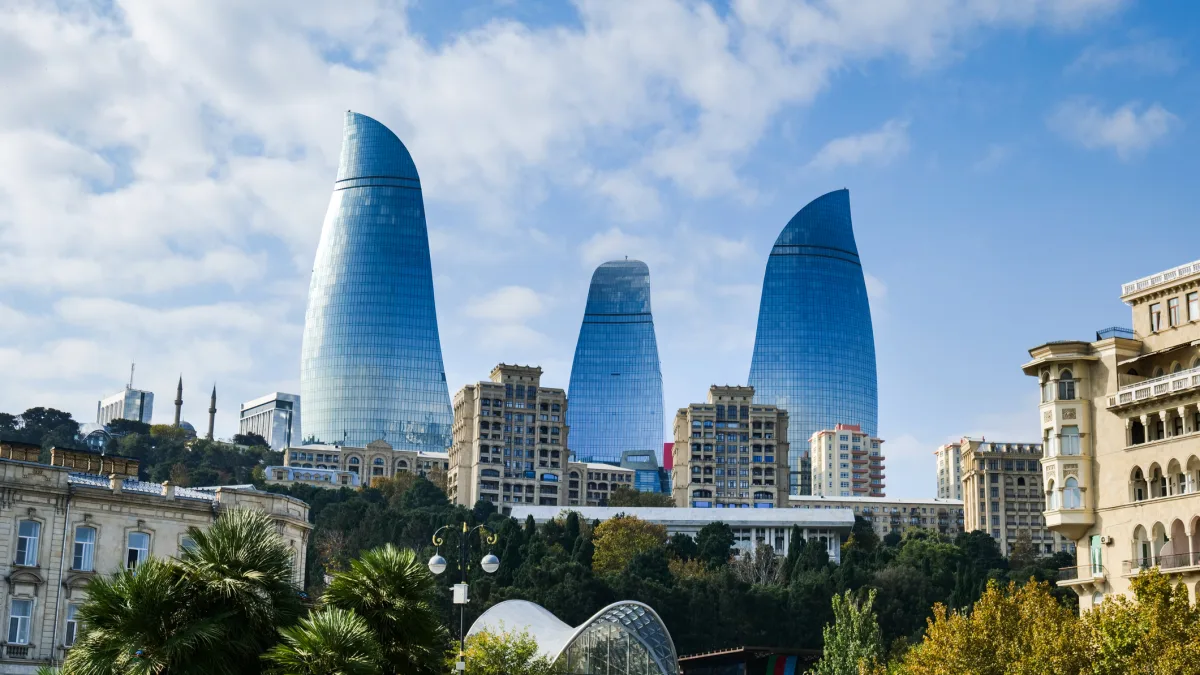The most valuable company in the US and the world, chipmaker Nvidia, has exploded in value over the past three years as a result of the artificial intelligence (AI) revolution. From a total market capitalisation of 279.28 billion US dollars in October 2022, Nvidia is today worth a staggering 4.432 trillion US dollars. This represents an increase of 1,487 per cent in under three years; truly phenomenal growth by any meaningful metric.
By comparison, the 50 largest and most liquid companies from the 11 eurozone countries—represented by the EURO STOXX 50 index—are today worth 4.687 trillion euros. In October 2022, their value stood at 3.5 trillion euros: their value has increased just 33.9 per cent.
In practice, these figures mean that the most valuable US company is now worth roughly four-fifths (80.85 per cent) of the 50 largest and most liquid companies in the eurozone (the picture is only slightly better if you include the 50 largest companies from all of Europe). This is a crystal-clear illustration that something is fundamentally wrong with how we organise our societies on the Old Continent—with potentially catastrophic geopolitical consequences.
Europe is no longer globally competitive and is falling further and further behind economically—not only compared with the US, but also with China and, increasingly, other rising powers. The situation is urgent: this development represents a serious threat to our way of life and our civilisational model—not only economically, but also in terms of political independence, self-determination, and sovereignty.
Without the capacity to foster innovative, world-leading, and strategically important companies, the power base of Europe’s democracies will wither on the global stage. A strong and innovative private sector is the very foundation of a robust economy and a prosperous population, which in turn translates into concrete global political influence through a ‘role model effect’. In addition—and perhaps even more importantly—in the age of geo-economics, such companies function as geopolitical instruments to project power and influence worldwide.
Countries without such geo-economic tools at their disposal become vulnerable to hostile pressure from others. It is no coincidence that Donald Trump, Vladimir Putin, Xi Jinping, and others treat the Old Continent as a worn-out (and powerless) actor in the international system, to be pushed around, trampled on, and forced to its knees.
The ‘role model effect’: Influence through economic strength
A strong, innovative, and valuable private sector—underpinning a robust economy—is the key to global political influence in our time. The best way to get others to follow your societal model is not by giving aid, issuing threats, or delivering lectures, but by having a well-functioning society that delivers economic growth and prosperity to its own citizens—a society others wish to emulate.
But a well-functioning and dynamic society in the modern era must be supported by a robust information economy, which in turn relies on innovative and valuable companies. Without proper domestic innovative capacity, a country ends up in the economic B-league—weakening the attractiveness of its societal model not just globally, but also domestically.
Without innovative companies driving economic growth and pushing up real wages, you lose your most gifted talents to foreign competitors where they can realise their full potential. This leads to a brain drain of the most capable individuals—those most likely to create world-leading companies. This becomes a self-reinforcing vicious cycle that grows harder and harder to break.
The numbers speak for themselves. Since the 2008–9 financial crisis and the subsequent 2009–10 euro crisis, the EU can point to dismal economic growth: GDP rose only 13.5 per cent in 2008–23, compared with 87 per cent for the US. Excluding Central and Eastern European countries—which had significant ‘catch-up’ growth to make up—the numbers look even worse. Including the UK improves the picture only marginally.
Lack of economic growth has very negative consequences that extend far beyond the economic sphere and into geopolitics. It is hardly a coincidence that fewer and fewer developing countries—both low- and middle-income—look to the democratic European welfare states as models for how best to develop their societies, economically and politically.
Geo-economic factors
There is also an important geo-economic dimension to these questions. World-leading, innovative companies are the key to global political influence in the 21st century because they possess expertise that other states in the international system depend on. Control over such geo-economic pressure points can be used as leverage by exploiting vulnerabilities—for instance, withholding supplies—in other countries. This can be turned into real geopolitical influence if desired.
Nor is it even necessary to exploit such vulnerabilities just because they exist. Merely having control over strategic geo-economic pressure points provides a layer of protection in itself. Because they represent a credible threat, rivals in the international system will often think twice before taking hostile actions—as the economic costs of possible retaliation may be too high.
America’s control over the semiconductor supply chain is a prime example of such power, just as China’s quasi-monopoly over the entire rare earths value chain is another. Beijing has already used its control over these strategic industries to extract concessions from partners and rivals alike, including Europe. Trump’s US threatened to do the same with semiconductors to stop the proposed digital tax on American tech companies. Europe is powerless to respond.
In the brutal world of geo-economics, all states must use their strengths to resolutely protect their own interests against rivals that exploit control over strategic pressure points to force political, legal, economic, or even societal concessions. This applies equally to European economies. Had European countries—collectively—controlled more strategic nodes in international economic value chains, they would have had a far greater ability to push back.
At present, there are few such geo-economic pressure points in Europe, apart from ASML’s advanced semiconductor lithography machines in the Netherlands and—to some extent—German and Swiss high-precision machine tools that the world relies on for advanced manufacturing in aerospace, automotive, defence, and energy sectors. But this alone is not enough, and is probably easier to replace.
Geopolitical resilience through geo-economic strength
A strong and innovative private sector is therefore a geopolitical and geo-economic necessity for Europe’s industrial democracies in the 21st century. It underpins the very foundations of the political, economic, and military institutions that protect our way of life and our populations from hostile external actors.
Without a strong and robust economy, supported by an innovative private sector, these institutions will gradually come under severe pressure and may ultimately collapse under the weight of both internal and external stress. If they break down, it is only a matter of time before servitude under foreign powers becomes our fate.
Europe’s companies, especially in the technology sector, must therefore become globally competitive. This means, first and foremost, having a tax and regulatory regime that allows them to compete on equal terms with their global counterparts. Today, they are drowning in taxes, fees, and all manner of regulations compared with their competitors worldwide.
Our politicians must stop looking at things in a vacuum and lift their gaze to see the bigger geopolitical picture. This is no longer about green politics, economic justice, or redistribution of wealth at home, but about global power politics and geo-economic realities that could pose very real threats to our way of life, sovereignty, and self-determination.
That the 50 largest companies in Europe combined are barely worth more than the single largest company in the US should set off alarm bells in every capital on the Old Continent. Europe has long since left the great power table and the A-league of global politics and has been relegated to the B-league—but if this development continues, we risk slipping further down, to the C- or even D-league.
Our social and economic model is simply no longer competitive, and this could have catastrophic consequences far beyond mere economics unless we act. It could threaten our way of life and—in the worst case—force us to live under the dominance of foreign powers.
Photo: Dreamstime.







